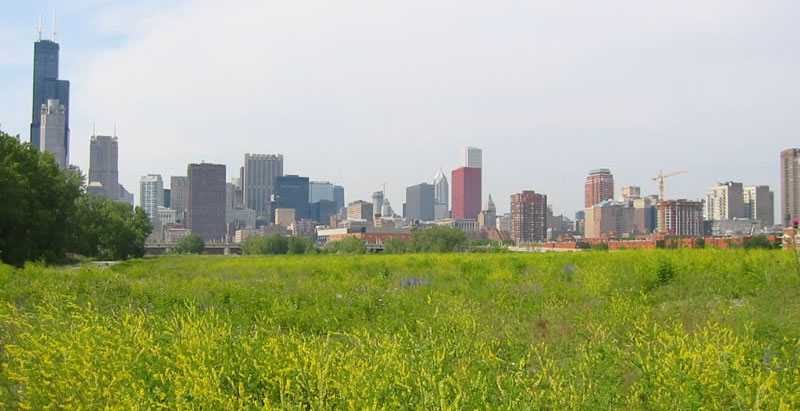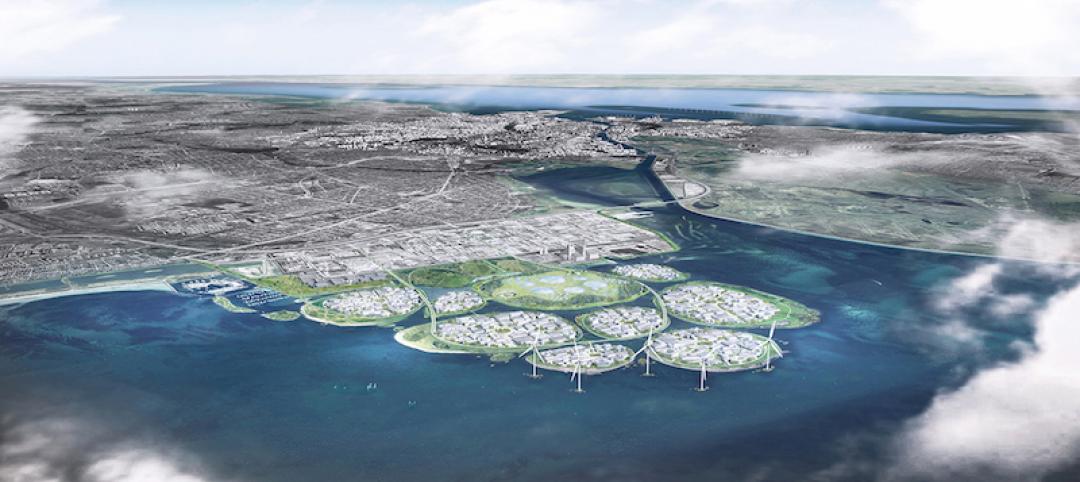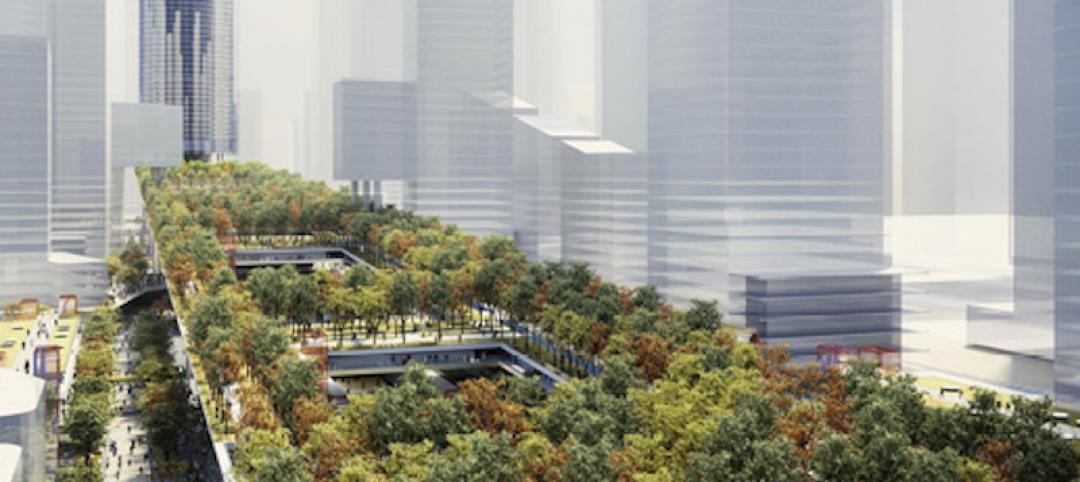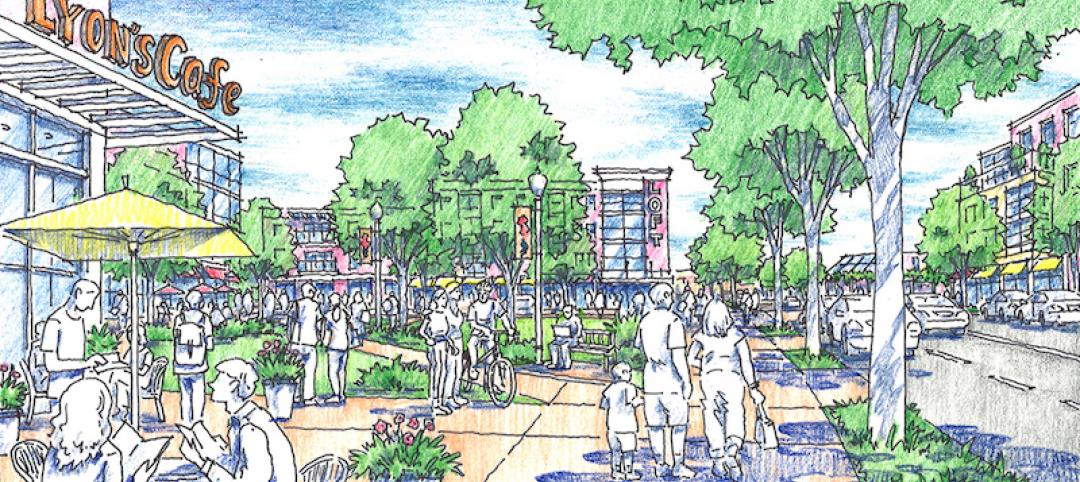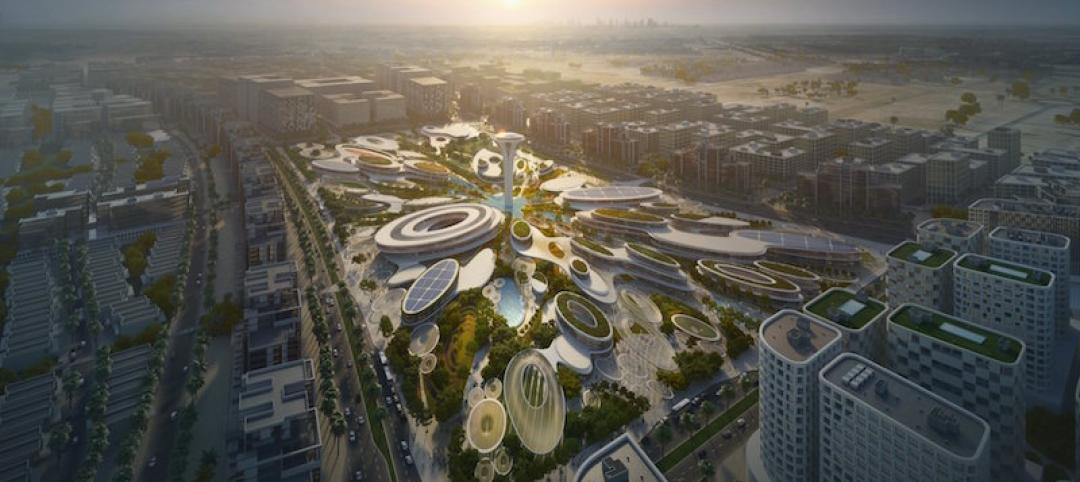As urban sprawl continues to chew up the Chicagoland area, it’s odd that a little swath of land just outside the city’s downtown has remained vacant for decades.
A green space that was once railroad land has been snatched up by developers. The Chicago Tribune reports that Related Midwest, a developer of luxury condos, mixed-use, and master-planned projects, now controls 62 acres that connect Chicago’s South Loop to its Chinatown.
Related Midwest, which developed Hudson Yards in Manhattan and counts Chicago's 500 Lake Shore Drive, One Bennett Park, and OneEleven as its properties, will lead a multibillion-dollar joint venture that will bring thousands of homes and millions of square feet of office space and stores. Located next to the Chicago River, the site might even have its own Riverwalk.
Other ideas pitched include a CTA station (light rail service), a Metra stop (commuter train service), and a high school. Chicago’s Wells Street will also extend through the area. The street currently ends at Roosevelt Road, at the site’s northern border.
"It's been this missing link, a hole in the center of Chicago," Phil Enquist, who leads SOM’s global city design practice and has advised Related Midwest and others over the years about the site, said to the Tribune. "I think it's a very positive story — this allows us to rethink a long stretch of the Chicago River."
Related Midwest has not yet formed a detailed plan for the site. The city will also have to rezone the land and allow for residential use.
Related Stories
Sustainability | Jan 30, 2019
Denmark to build nine industrial, energy-producing islands surrounded by a ‘nature belt’
The project will be located 10 km (6.2 miles) south of Copenhagen.
Urban Planning | Jan 25, 2019
Times are changing, and sustainable cities are taking notice
Two recent studies by Pew Research Center and WalletHub shined a light on where we are in the market transformation curve for environmentalism and sustainability.
Urban Planning | Oct 11, 2018
Shenzhen’s new ‘urban living room’
Rogers Stirk Harbour + Partners is designing the project.
Urban Planning | Sep 11, 2018
The advantages of alleys
Believe it or not, alleys started off as public spaces.
Urban Planning | Jul 24, 2018
Deregulation for denser development in Los Angeles moves forward
The aim is to reduce housing costs, traffic congestion.
Urban Planning | Jul 10, 2018
Autonomous vehicles and the city: The urgent need for human- and health-centric policies
Rather than allow for an “evolutionary” adaptation to AVs, we must set policies that frame and incentivize a quicker “revolutionary” transition that is driven by cities, not by auto and tech companies.
Urban Planning | Jul 6, 2018
This is Studio Gang's first design project in Canada
The building’s hexagonal façade will provide passive solar heating and cooling.
Urban Planning | Jun 18, 2018
In the battle of suburbs vs. cities, could both be winning?
Five years ago, experts were predicting continued urban rebound and suburban decline. What really happened?
Architects | May 3, 2018
Designing innovative solutions for chronic homelessness
What’s stopping us from creating more Permanent Supportive Housing?
Urban Planning | Mar 14, 2018
Zaha Hadid Architects selected to design Aljada’s Central Hub
The hub will be the centerpiece of ARADA’s masterplan in Sharjah, UAE.


